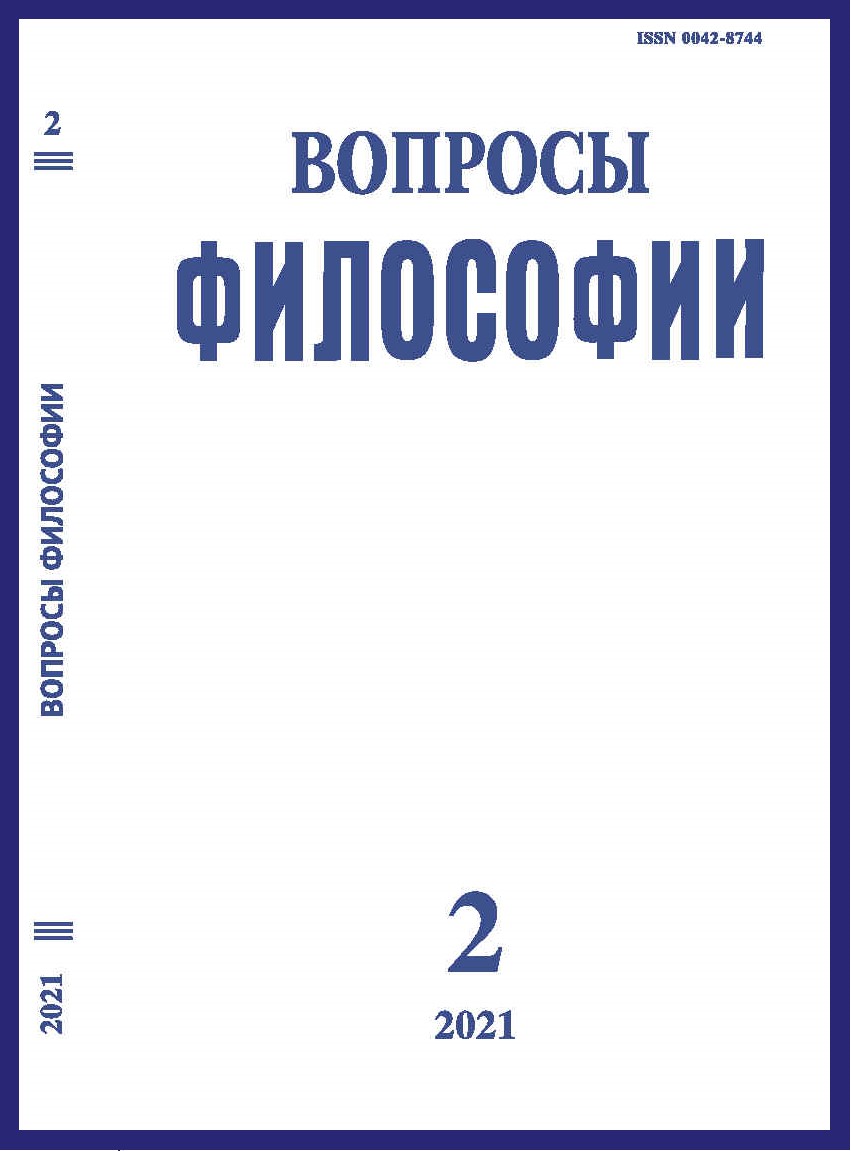Humboldt, Natural Philosophy and the University As a Universe
DOI:
https://doi.org/10.21146/0042-8744-2021-2-19-23Keywords:
Humboldt, natural philosophy, organic life, university, education, Schiller, Kant, GoetheAbstract
The article analyzes the scientific career of Alexander von Humboldt. The scientist researched the junction of science and philosophy, set up experiments to study organic life, testing his theory of “life force”. The result of his work was the essay “On irritated muscle and nerve fiber”. The philosophical essay “Life-Force, or the Genius of Rhodes” reveals Humboldt's literary talent. In this essay, in literary form, the problem of “life force” and understanding the essence of life was raised. And it’s not by chance, since Humboldt’s texts have a complete aesthetic character, which allowed him as a scientist to capture life itself as the phenomena of nature. Being and nature, according to the scientist, are not divided into separate parts and their separation is purely objective, while nature itself is one unit. This understanding of the integrity of nature (including humans) is also at the heart of the project of the model of university education, which he and his brother Wilhelm von Humboldt founded in Berlin and whose main principle was the unity of basic research and teaching. Subsequently, such an attitude allowed universities to simultaneously become scientific centers of their country, performing, among other things, state tasks. The article notes that Humboldt’s scientific research was highly appreciated not only by his contemporaries philosophers but also by writers, such as Goethe and Schiller.

